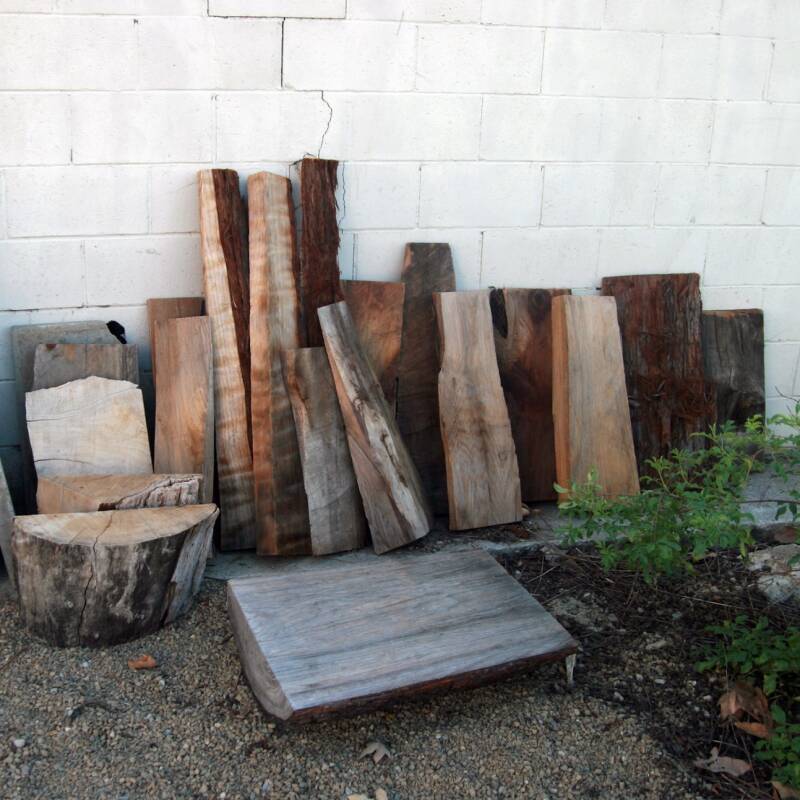Asking for holes in pavement may sound as logical as wishing for holes in your head. But, using pervious surfaces is the smart and environmentally friendly thing to do.
As more land gets paved, concerns about water runoff increase. The good news: A host of paving products let water percolate through to the ground underneath, limiting water runoff, preventing erosion, filtering out pollutants, and improving the health of soil and vegetation. If you are planning a driveway, patio, sidewalk, or garden path project, consider permeable pavers or pervious concrete to allow for natural drainage while providing a solid surface strong enough to handle vehicles and people. Here are some different types of pervious materials:
Porous Pavement

Above: GraniteCrete is a permeable aggregate concrete product that is LEED Gold certified. Image via GraniteCrete.

Above: A traditional front walk using porous concrete.

Above: Porous Concrete is made with little or no sand and generally uses larger pea gravel, so the look is not as smooth as conventional concrete. It is available through most concrete suppliers.
Open Concrete Grids

Above: Greenery grows right through open concrete grid systems such as Turfstone. Strong enough to handle vehicles while offering excellent drainage and erosion protection, open concrete grid blocks are commonly filled with soil and then planted with grass or a durable ground cover. Turfstone pavers measure 24 by 15.75 inches and are available through Belgard.

Above: EcoGrid is another pervious concrete paving grid option. It provides 39 percent open space in which to place such drainage friendly material as small gravel (Above), or soil for grass turf. Available through Hanover Architectural Products.
Permeable Pavers

Above: Permeable pavers, such as the Permeable 3.25-by-18-inch Pavers from Hanover Architectural Products, allow water to percolate through joints or holes in the paver itself but also can withstand weight loads comparable to those supported by standard concrete.

Above: The Subterra Permeable Paver offers the look of natural stone with the benefits of a fully permeable paver. Use for patios, walkways, or driveways. Available through Belgard Hardscapes.
For more of our favorite solutions for paths and pavers, see:
- Hardscaping 101: Design Guide for Paths and Pavers.
- 10 Easy Pieces: Stepping Stones, Pavers, and Pebbles.
- 5 Favorites: Modern Pavers.
- 5 Favorites: Rambling Paths and Uneven Pavers.








Have a Question or Comment About This Post?
Join the conversation